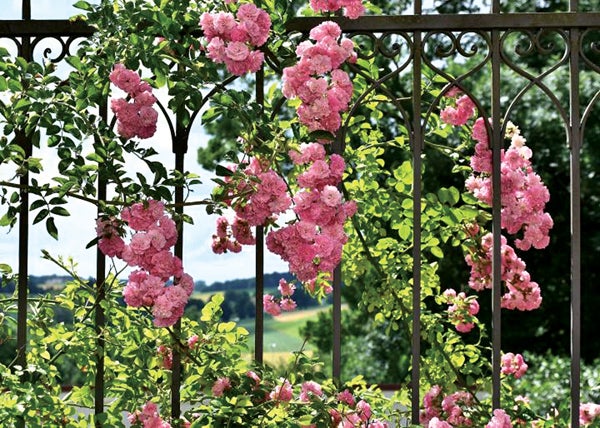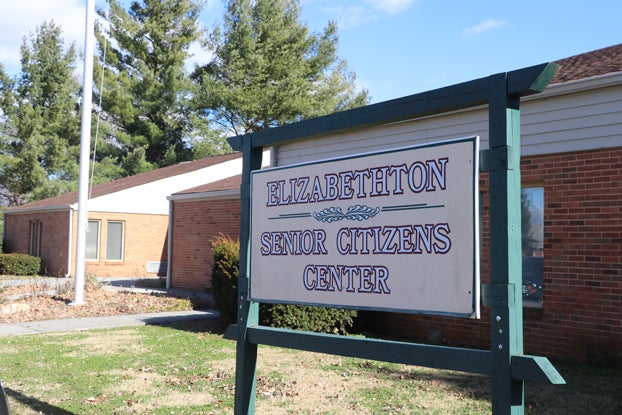Keep your roses healthy and blooming with these pruning tips
Published 1:09 pm Friday, August 14, 2020

- Pruning roses can be a chore, but by doing so, you will have healthier, well-shaped plantsthat bloom abundantly and live longer.
|
Getting your Trinity Audio player ready...
|
FROM OLD FARMERS ALMANAC
Pruning roses is not as complicated as it may seem, though it’s important to follow the right technique for the type of rose you have. Here’s how and when to prune the roses in your garden!
Sure, pruning roses can be a chore, but your efforts will be rewarded by a healthier, well-shaped plant that blooms abundantly and lives longer. Pruning out dead or diseased canes helps to increase air flow and sun penetration around living canes, which helps to ward off disease and encourage more flowering.
ROSE PRUNING TIPS
• Wear thick gloves and a couple layers of long-sleeve shirts while pruning to avoid the dreaded thorns.
• Wear safety goggles (or sunglasses), too; branches can whip back unexpectedly.
• For trimming thin canes and deadheading, hand pruners will get the job done, but loppers or a small hand-saw might be needed for bigger canes.
• Make sure your pruning tools are clean and sharp. If they were previously used to prune a diseased plant, give them a quick wipe down with rubbing alcohol to sterilize. Additionally, after cutting out dead or diseased material from your rose, sterilize your pruning tool again before using it on a healthy cane.
• Always cut stems at a 45 degree angle just above (at least 1/4 inch) an outward-facing bud. This will encourage the plant to grow outward, rather than in on itself.
PRUNING ROSES BY TYE
Hybrid and Floribunda Roses
These roses bloom more than once per season and generally bloom on new wood.
In late winter or very early spring, the roses need a good clearing out and cutting back before they start greening up and branching. About the time forsythias bloom, take out all the dead wood, crossing canes, and spindly growth. Then shape and prune back everything else, taking into account the style of the garden and the size and nature of the variety. Cut back old wood about 30 to 40 percent before growth begins. Always cut to a live bud pointing away from the center of the shrub to encourage outward growth. Start deadheading after the first flush of flower, and continue throughout the summer to encourage more blooms.
Species Roses, Old Roses, and Once-Blooming Shrub Roses
Generally hardier than other roses, these more primitive types bloom first on old wood mid-summer; re-bloomers repeat on the current season’s growth.
In early spring, remove diseased, broken, or dead branches. After flowering, prune lightly and selectively to shape the bushes and control growth.
Climbing and Rambling Roses
These roses tend to bloom on old wood.
It’s fine to remove winter-killed branches or otherwise damaged wood early in the year, but defer your annual pruning until summer, after the peak of bloom. Prune to remove undesirable canes and to shape and train growth. Side branches tend to flower more heavily than central leaders.
Want more advice on all-things roses? Check out our comprehensive Roses Growing Guide to learn how to plant and care for this beautiful flower.



